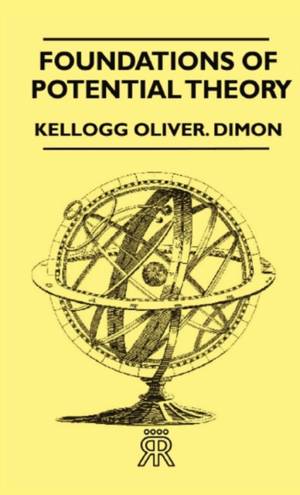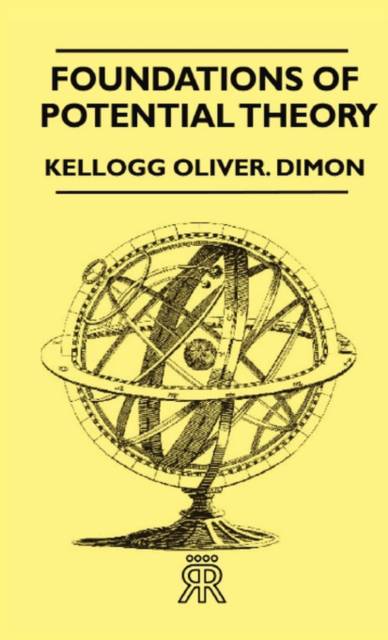
En raison d'une grêve chez bpost, votre commande pourrait être retardée. Vous avez besoin d’un livre rapidement ? Nos magasins vous accueillent à bras ouverts !
- Retrait gratuit dans votre magasin Club
- 7.000.000 titres dans notre catalogue
- Payer en toute sécurité
- Toujours un magasin près de chez vous
En raison de la grêve chez bpost, votre commande pourrait être retardée. Vous avez besoin d’un livre rapidement ? Nos magasins vous accueillent à bras ouverts !
- Retrait gratuit dans votre magasin Club
- 7.000.0000 titres dans notre catalogue
- Payer en toute sécurité
- Toujours un magasin près de chez vous
70,95 €
+ 141 points
Format
Description
The present volume gives a systematic treatment of potential functions. It takes its origin in two courses, one elementary and one advanced, which the author has given at intervals during the last ten years, and has a two-fold purpose first, to serve as an introduction for students whose attainments in the Calculus include some knowledge of partial derivatives and multiple and line integrals and secondly, to provide the reader with the fundamentals of the subject, so that he may proceed immediately to the applications, or to - the periodical literature of the day. It is inherent in the nature of the subject that physical intuition and illustration be appealed to freely, and this has been done. However, in order that the ok may present sound ideals to the student, and also serve the mathematician, both for purposes of reference and as a basis for further developments, the proofs have been given by rigorous methods. This has led, at a number of points, to results either not found elsewhere, or not readily accessible. Thus, Chapter IV contains a proof for the general regular region of the divergence theorem Gauss, or Greens theorem on the reduction of volume to surface integrals. The treatment of the fundamental existence theorems in Chapter XI by means of integral equations meets squarely the difficulties incident to the discontinuity of the kernel, and the same chapter gives an account of the most recent developments with respect to the Pirichlet problem. Exercises are introduced in the conviction that no mastery of a mathematical subject is possible without working with it. They are designed primarily to illustrate or extend the theory, although the desirability of requiring an occasional concrete numerical result has not been lost sight of.
Spécifications
Parties prenantes
- Auteur(s) :
- Editeur:
Contenu
- Nombre de pages :
- 400
- Langue:
- Anglais
Caractéristiques
- EAN:
- 9781443721530
- Date de parution :
- 04-11-08
- Format:
- Livre relié
- Format numérique:
- Genaaid
- Dimensions :
- 140 mm x 216 mm
- Poids :
- 653 g

Les avis
Nous publions uniquement les avis qui respectent les conditions requises. Consultez nos conditions pour les avis.






